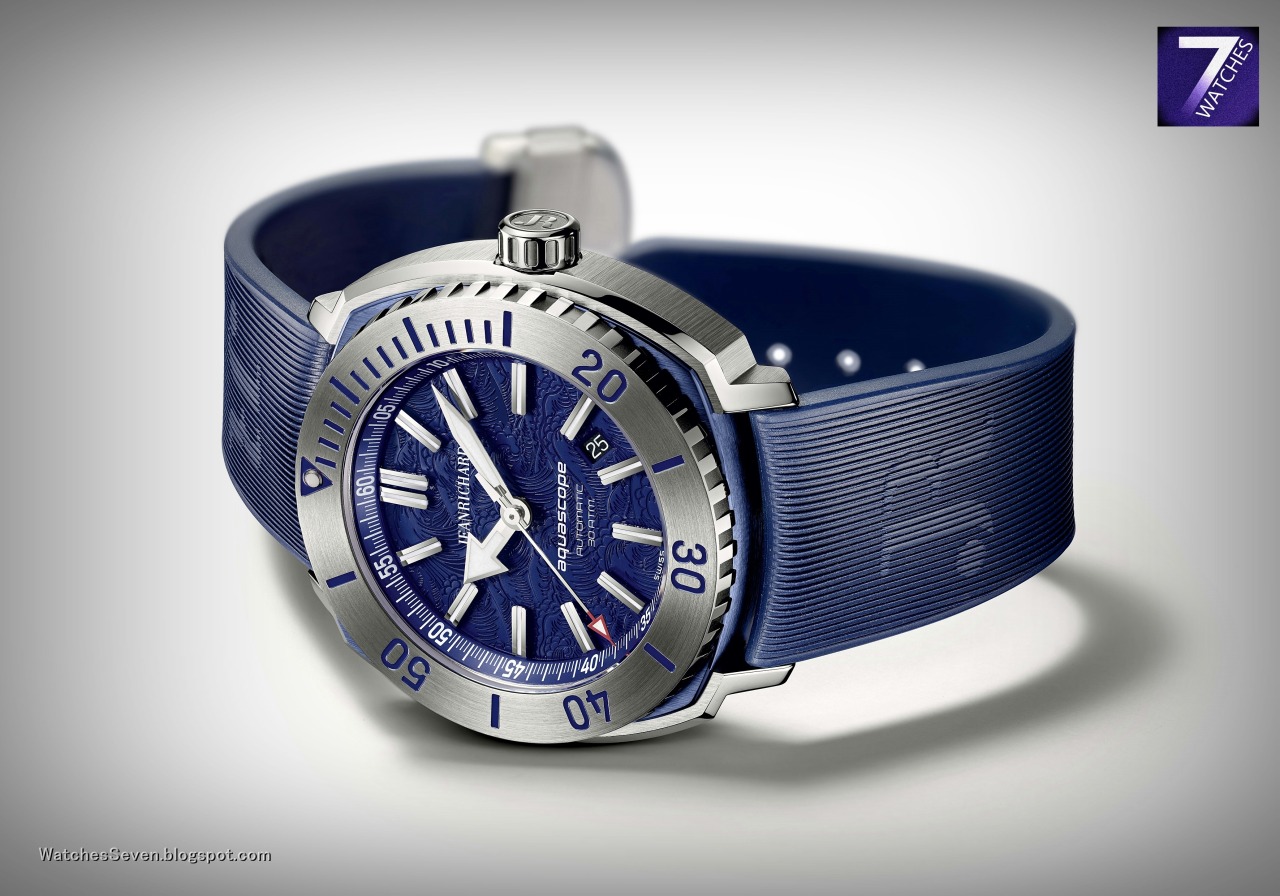Carl F. Bucherer – MANERO ChronoPerpetual Limited Edition NEW
Because of its complexity and mechanical refinement, the perpetual calendar, which shows the date, day of the week, month, and moon phase without requiring correction, remains a technical challenge that only a handful of watchmakers have mastered. The mechanism knows the differing lengths of months and the timing of the next leap year, thereby successfully countering the quirks of the Gregorian calendar.
In the year 46 BC, the astronomer Sosigenes of Alexandria developed the basic principles for today’s calendar. He divided the year into twelve months, with seven months of 31 days, four months of 30 days, one month of 28 or 29 days, resulting in 365.25 days per year, and with one additional day every four years as a correction. Thanks to the great Roman Emperor Julius Caesar, use of this system became widespread throughout the entire world. However, this “Julian” calendar contained an error of 0.0078 days per year, a discrepancy which was corrected by Pope Gregory XIII in 1582. In the system which bears his name, a leap year is left out every 100 years except in round centuries which have a number of years divisible by 400. This Gregorian calendar is still used today, forming the foundation for the way we measure time.
Masterwork of craftsmanship
Anyone
who wears a mechanical watch with a date display will be familiar with
the problems caused by months of differing lengths, particularly in leap
years. Because simple, standard calendar mechanisms always switch from
the 30th to the 31st, the date has to be moved forward manually to the
first after months with fewer days. A perpetual calendar mechanism,
however, is able to correctly handle these transitions independently,
even factoring in leap years. The complexity of this mechanism demands
the ultimate in watchmaking craftsmanship, and is appropriately referred
to as the “grand complication”. Manual correction will not be necessary
until the year 2100, when – as in all years divisible by 100, but not
by 400 – one leap year will be skipped.Click on the mouse wheel to see the large size ... BIG FOTO
For all lovers of this traditional masterpiece of the watchmaker’s art, Carl F. Bucherer now presents a limited edition of the Manero ChronoPerpetual featuring a unique combination of chronograph and perpetual calendar. The Manero ChronoPerpetual is a true wonder of the art of watchmaking, with a perpetual calendar date display at 12 o’clock, day of the week at 6 o’clock, month and leap year at 9 o’clock, and moon phase at 3 o’clock – all of which do not require correction. The functional module specially developed for Carl F. Bucherer also features a precision chronograph with the popular flyback function. A tachymeter scale on the bezel completes the range of practical functionalities for which Carl F. Bucherer is famous. A movement from Vaucher Manufacture, which features a contemporary design in the distinctive style of the Lucerne watch brand, forms an exclusive basis.
Visual clarity, perfection of form
Despite this multiplicity of functions and displays, Carl F. Bucherer has ensured optimum readability of the dial on the Manero ChronoPerpetual Limited Edition. The designers met this challenge by giving it generous dimensions, different levels, and various surface finishes. The chronograph counters for the hours (6 o’clock), minutes (9 o’clock), and small running seconds hand (12 o’clock) are distinctively and attractively integrated into the striking recessed calendar displays, while fine lines provide the necessary readability and the slender stopwatch hand in the center marks counted seconds.
Click on the mouse wheel to see the large size ... BIG FOTO
The traditional complication of the perpetual calendar has been reinterpreted in contemporary fashion through wedge-shaped hour index marks, the expressive numbering so characteristic of Carl F. Bucherer, and tapering Super-LumiNova-coated hour and minute hands. The chronograph hands are either a discreet black or rose gold in color. The center of the classic silver-colored or black dial is matte, while the chronograph counters and minute division ring are brushed, creating an attractive play of light. The moon phase indicator is modern and functional in design, featuring an anthracite-colored background and a silver-colored moon disk.
This timelessly functional look is expertly continued in the case crafted of fine rose gold. The bezel is concave in shape, the sapphire crystal is domed, and the crown and polished chronograph push-pieces of 18-carat rose gold are elegantly simple. The case back with integrated sapphire crystal gives a clear view of the mechanical jewel featuring a 22-carat rose gold oscillating weight.
Another reason for the extreme exclusivity of the Manero ChronoPerpetual Limited Edition is the fact that only 100 will be made worldwide. With this latest piece in the Manero collection, Carl F. Bucherer has succeeded in creating a watch for connoisseurs who delight in masterworks of traditional watchmaking that unite maximum functionality with a timelessly classic, restrained look.
------------------------------------------------------------------------
Manero ChronoPerpetual
- Reference No. 00.10907.03.13.01
- Movement:
- power reserve 50 h
- 49 jewels
- depth 7.6 mm
- diameter 30 mm
- Caliber CFB 1904
- automatic
- Functions:
- hour
- minute
- small seconds
- flyback
- leap year
- chronograph: hours, minutes and seconds counters
- perpetual calender with month, date, day of the week
- moon phase
- tachymeter
- Dial:
- Case:
- depth 14.3 mm
- diameter 42.5 mm
- water-resistant to 30 m (3 atm)
- case back with sapphire crystal
- sapphire crystal with anti-reflective coating on both sides
- 18 K rose gold
- Strap:
- hand-stitched Louisiana alligator skin brown leather
- pin buckle 18 K rose gold
- Limitation edition:
- 100 pieces
========================
Press center
Carl F. Bucherer
Langensandstrasse 27
CH-6002 Lucerne
Tel. +41 41 369 70 70
Fax +41 41 369 70 72
E-mail: presscenter@carl-f-bucherer.com
--------------------------------------------------------------
www.facebook.com - Carl F.Bucherer
---------------------------------------------------------------------------
www.Carl-F.Bucherer.com










